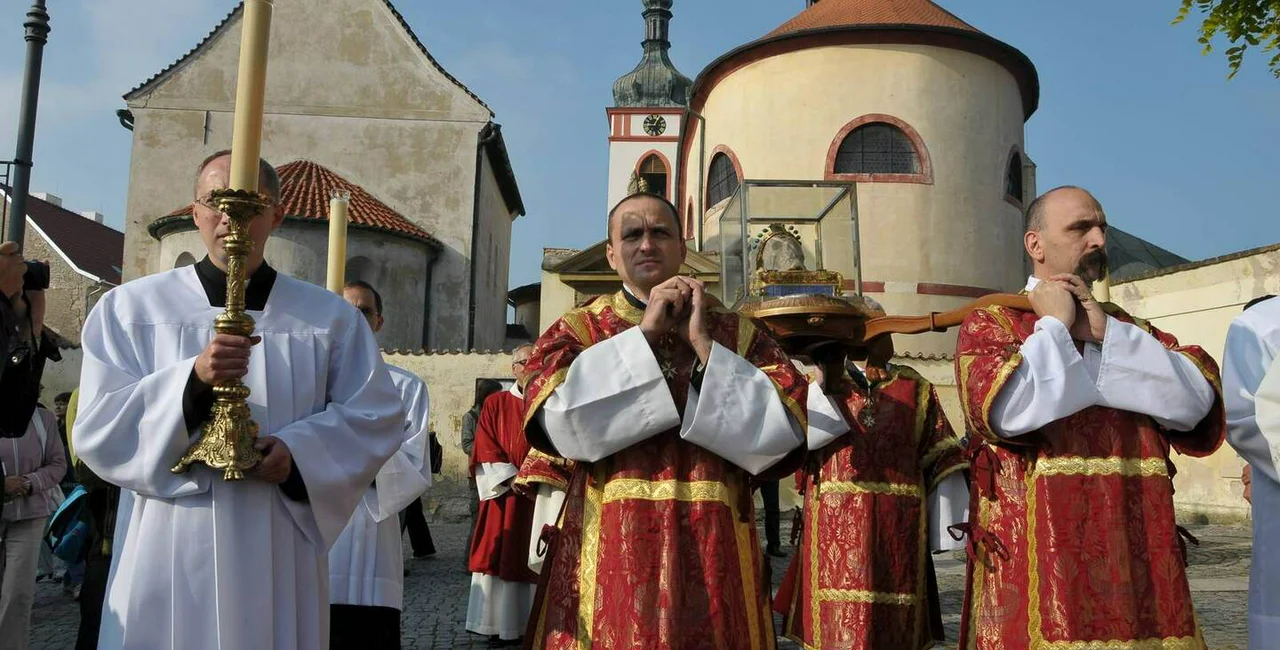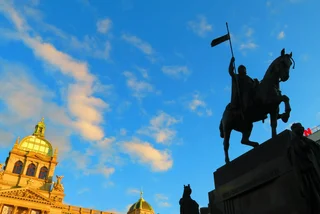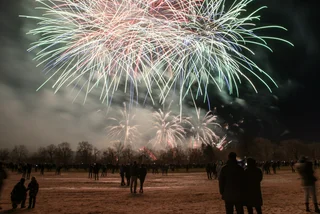The Palladium of Bohemia procession and the National Saint Wenceslas Pilgrimage began in Prague and Stará Boleslav on Tuesday, ahead of the national St. Wenceslas holiday on Sept. 28.
The Prague procession began at noon at the St. George Basilica at Prague Castle, honoring the patron St. Wenceslas and his grandmother St. Ludmila.
PARTNER ARTICLE
The procession set out from the Saint George Basilica just after 1 p.m. After a prayer for President Miloš Zeman and political leaders, the procession continued to St. Vitus Cathedral where a prayer was said at the grave of St. Wenceslas in the St. Wenceslas Chapel.
Pilgrims stopped at several Prague churches and reached the St. Wenceslas statue at Wenceslas Square later in the afternoon.
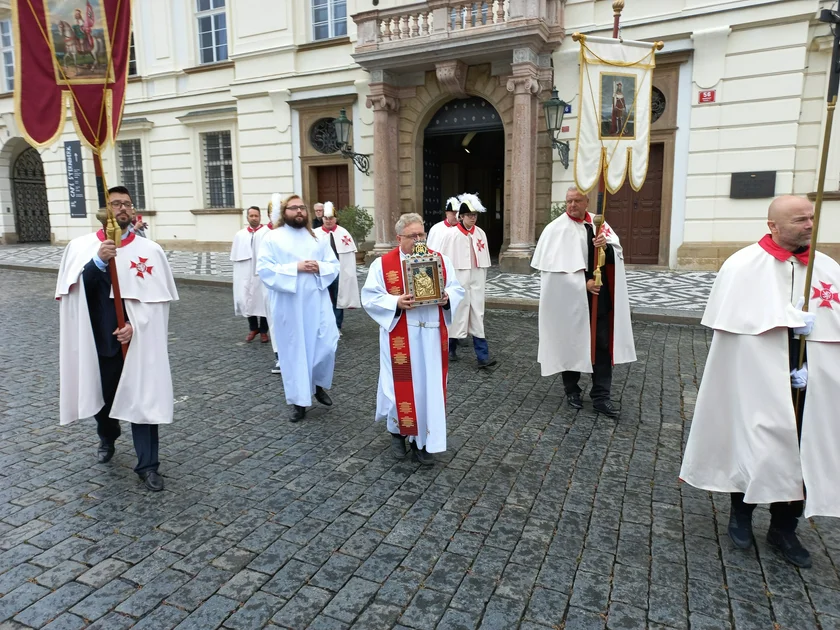
At Hradčany Square, Prague Archbishop Jan Graubner blessed the crowd. Graubner then delivered a prayer for the nation. A St. Wenceslas concert held in the basilica was attended by about 400 people.
The Palladium of Bohemia is a Gothic relief of the Madonna of Stará Boleslav and one of the symbols of Czech statehood. It has been listed as a Czech national cultural heritage since 2016.
The metal medallion shows the Virgin Mary and the baby Jesus, which experts say it was probably made in the 14th or 15th century. St. Cyril and St. Methodius are said to have advised St. Ludmila to make the palladium, which is credited with having protective power over the Czech Lands.
At the close of the Thirty Years' War, the medallion was seized by the Swedish troops and ended up in Vienna, from which it was triumphantly moved to Prague in 1650. It was then permanently relocated to Stará Boleslav where St. Wenceslas, ruler of the Přemyslid dynasty, was murdered by his brother Boleslav on Sept. 28, 929 (or 935, according to some historians).
Stará Boleslav is the oldest Czech pilgrimage site associated with the St. Wenceslas tradition and the cult of the Virgin Mary. Thousands of believers gather there annually on St. Wenceslas Day.
The saint's skull reached Prague from the Central Bohemian town Tuesday, escorted by the Presidential Office guards and Catholic Church dignitaries before the Assumption of Virgin Mary Basilica.
Before the relic was transported, the exhibition "Wandering for Czech Saints" opened in the Assumption of Virgin Mary Basilica. In 15 panels, the outdoor exhibition will present the four most important Czech patron saints associated with the beginnings of the Czech state. The exhibition runs until Nov. 20.
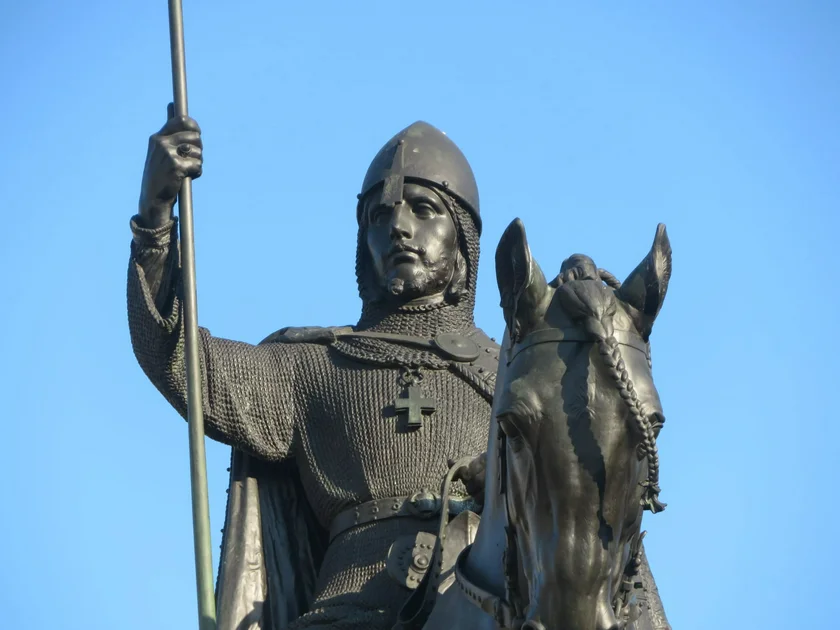
St. Wenceslas Day has been a national holiday in the Czech Republic since 2000, when it was proclaimed the Day of Czech Statehood. The National St. Wenceslas Pilgrimage was renewed by the Roman Catholic Church in 2003; this is the twentieth year the procession takes place in its renewed form. During his visit in 2009, then-Pope Benedict XVI attended the pilgrimage.
The pilgrimage will culminate with a mass at Mariánské náměstí in Prague, with the expected participation of thousands of pilgrims, at 10 a.m. on Wednesday.
"The pilgrimage mass will be served by Graubner, and attended by his predecessor Dominik Duka," the prior of the Saints Cosmas and Damian Chapter in Stará Boleslav, Libor Bulín, said.













 Reading time: 2 minutes
Reading time: 2 minutes 